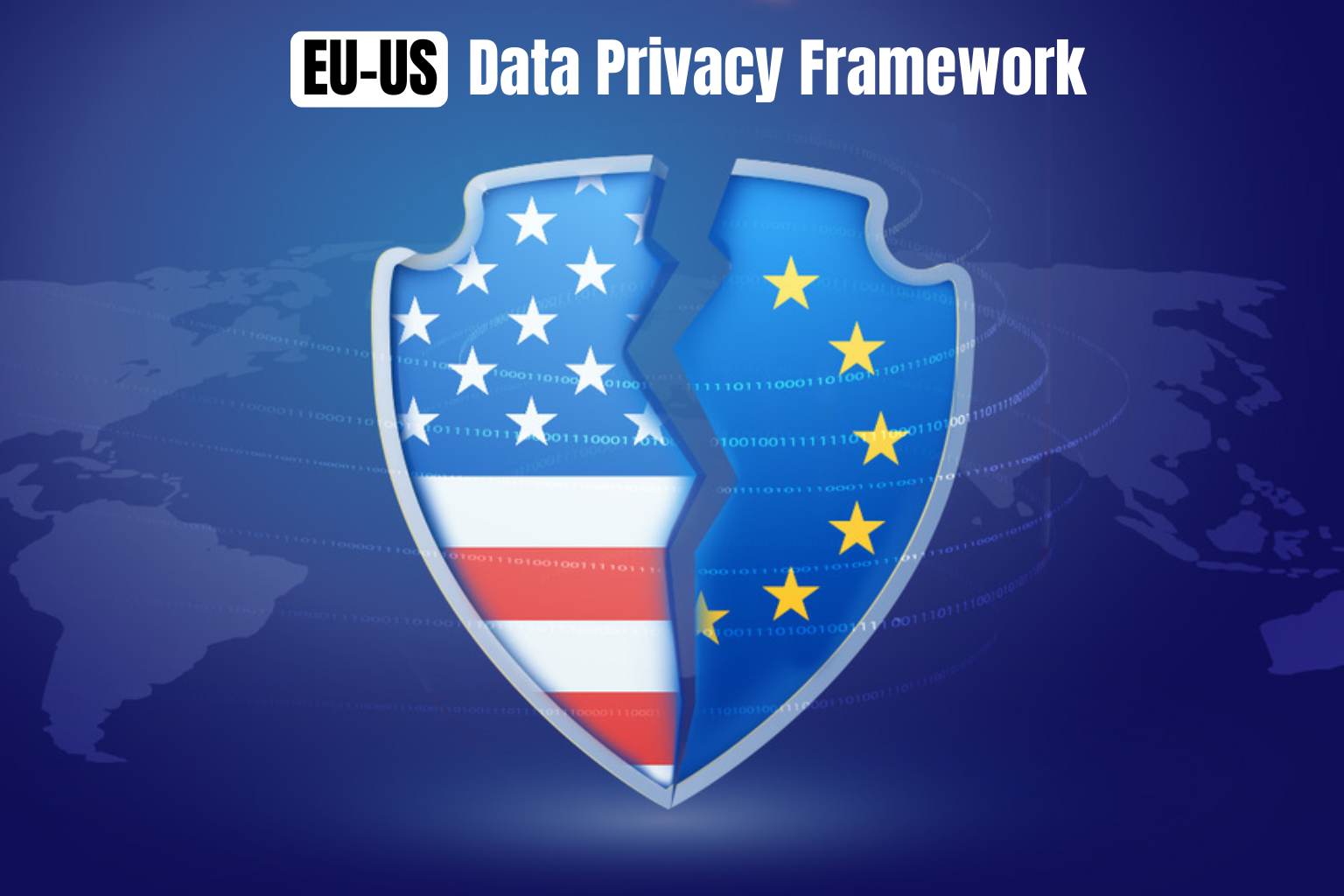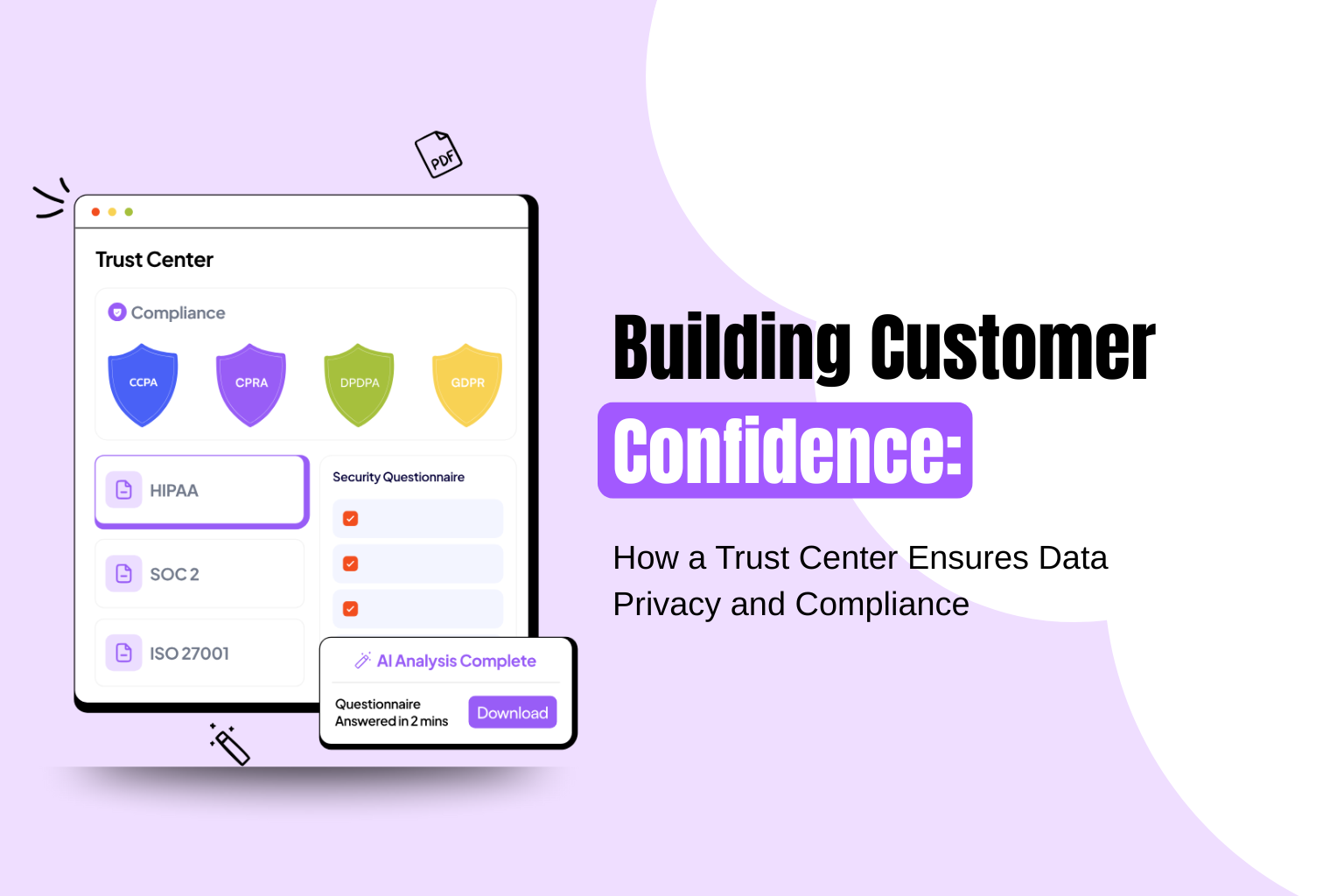
What Is Cloud Data Protection? Challenges, Benefits, and Solutions
Cloud storage has become an essential aspect of business. However, along with the convenience comes the danger of data leaks, hacking, and increased fears of legal compliance. Companies must do this to make their operations secure and to retain the confidence of their customers.
Strict laws such as GDPR, DPDP, and HIPAA are enforced by governments to guarantee the safety and transparency of data processing. Neglecting these standards may lead to the imposition of heavy fines, a lack of trust, or even more.
To address these issues, solutions from Redacto assist companies in automating cloud data security practices and accounting for the risks of third-party vendors.
What Is Cloud Data Protection?
Cloud data protection refers to the process of ensuring that sensitive data is secure in the cloud when it is either stored or processed in the cloud. It is to avoid losing, misusing, or unauthorized access to the data.
It uses techniques like encryption to shield data, access controls to restrict who can access it, and monitoring tools to track activity for signs of trouble. These measures ensure data remains secure whether it’s being shared, stored, or processed.
As far as businesses are concerned, effective cloud protection is not simply about risk avoidance, but about confidence and steadiness in a competitive, cloud-driven environment.
Why Companies Need Cloud Data Protection
Companies are storing and processing sensitive data in cloud computing systems such as public, private clouds, and hybrid clouds. Protecting this information has become more complicated because companies use various platforms and services.
The security of data in the cloud is necessary to avoid breaches and comply with regulations such as GDPR, DPDP, and HIPAA. Through efficient data security in cloud computing, companies safeguard their activities and establish confidence.
- Ensure visibility into data security cloud computing by tracking access and usage patterns
- Manage third-party risks and understand how cloud providers ensure cloud protection measures
- Address inconsistencies by establishing robust cloud security benefits for unified safeguards across all platforms
- Meet compliance effortlessly through automated adherence to GDPR, DPDP, and other global standards
- Safeguard information by preventing breaches with reliable cloud computing data security practices and tools
- Build customer trust through consistent measures, ensuring cloud data privacy and transparent operations
- Enable scalability through secure frameworks for growing cloud data protection requirements in businesses
What Are the Benefits of Cloud Data Security?

Storing information in the cloud is flexible; however, securing information is necessary to avoid threats of breaches, information misuse, or non-compliance. The security of cloud data guarantees reliability, compliance, and stability. It can help businesses in the following ways:
- Protects sensitive data from breaches: Cloud protection prevents breaches in sensitive business and customer information through unauthorized access or hacking. By using secure encryption and monitoring capabilities, organizations will be able to guarantee data integrity and earn trust in every environment.
- Ensures compliance with regulations: Good data security in cloud computing assists businesses to be compliant with regulations such as GDPR, HIPAA, and DPDP. Privacy dashboards and automated workflows simplify the compliance process, cutting the risk of both costly fines and reputational damage.
- Improves visibility and control: Companies can monitor the data access and activity as it occurs. Cloud computing data security monitors the data safety of companies to detect security breaches and vulnerabilities even in a hybrid or multi-cloud environment.
- Manages third-party risks effectively: Companies often rely on third-party providers, but assessing their data-handling practices is crucial. Platforms like Redacto simplify cloud data security by enabling risk evaluation and ensuring third-party providers follow security and compliance measures.
- Scale security with business growth: As businesses expand, so do their data needs. Cloud security benefits include scalable frameworks that grow with the organization, maintaining robust safeguards while allowing operational flexibility and agility in handling cloud-based workloads.
What Are the Challenges of Cloud Data Security?
Although cloud data security offers numerous benefits, companies have a tendency to face difficulties in ensuring protection, compliance, and visibility on diverse cloud platforms. These are key issues to be addressed in order to succeed.
- Lack of visibility into data: Companies struggle to track where their data resides or who accesses it, especially in hybrid or multi-cloud environments. This lack of transparency increases the risk of improper handling or unauthorized access.
- Shared responsibility complexities: Cloud computing data security follows a shared responsibility model, where providers secure the infrastructure, but businesses must protect their data. Misunderstandings often lead to security gaps and vulnerabilities.
- Inconsistent security across platforms: Different cloud providers have varying security capabilities. Ensuring data security in cloud computing consistently across all platforms can be a difficult and time-consuming process.
- Compliance challenges with changing laws: Regulations like GDPR, DPDP, and HIPAA demand precise data handling. Adapting to changing compliance requirements while managing global operations adds strain to security teams.
- Third-party risk exposure: Reliance on third-party providers creates additional vulnerabilities due to limited insight into their security measures. Tools like Redacto’s vendor risk management simplify risk assessments and ensure third-party compliance.
What Are the Solutions for Cloud Data Protection?
Businesses need robust tools to secure their data in the cloud, ensuring both prevention of leaks and smooth operations across public, private, and hybrid setups. Here’s how to enhance cloud data protection:
- Use encryption to secure data, whether stored or shared.
- Control access with permissions and role-based access control (RBAC).
- Monitor activity in real-time to detect unusual behavior or unauthorized access.
Manual management of these tasks can be challenging, which is where automation tools like Redacto prove valuable.
How Redacto Supports Cloud Data Protection
Redacto’s AI-powered platform streamlines and bolsters cloud data protection across multiple vendors and services. Key features include:
- Automates compliance with regulations like GDPR, DPDP, and HIPAA.
- Monitors vendor activities to identify potential data risks.
- Evaluates vendor risks with pre-built checks for proactive action.
- Maintains consistent policies across AWS, Azure, or private cloud platforms.
- Scales with business needs through tools like Redacto’s Trust Centre for centralized data protection.
Using smart vendor risk management ensures the safety of your data and partner compliance, fostering a secure and reliable cloud environment for seamless business operations.
Conclusion
Cloud data security is necessary to keep highly sensitive data safe, establish trust, and guarantee compliance with anti-data privacy laws such as GDPR and DPDP. Companies have to implement strong policies that can protect their cloud environments.
Through scalable applications such as Redacto, organizations could automate compliance, mitigate threats, control third-party threats, and ensure smooth data security in cloud computing, as they continue to grow and gain trust over time.
FAQs
What is cloud data protection?
Cloud data protection involves tools and practices like encryption and access controls to secure data stored in cloud environments.
Why is cloud data security important?
It prevents breaches, ensures compliance with laws like GDPR, and builds trust with customers.
How can Redacto support cloud data protection?
Redacto automates compliance workflows, manages third-party risks, and unifies cloud data security policies for businesses.
What challenges does cloud data security face?
Challenges include a lack of data visibility, shared responsibilities, compliance complexities, and inconsistent protection across cloud platforms.




%20Redacto%20logo_New.png)
.jpg)


.jpg)



